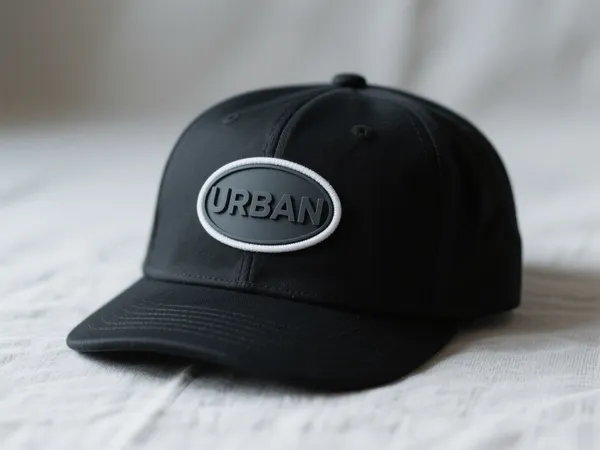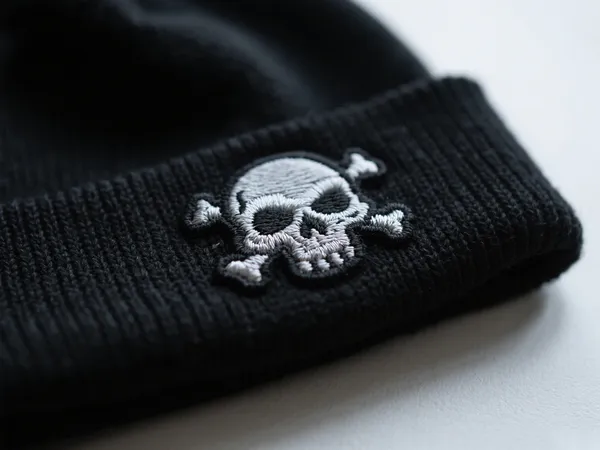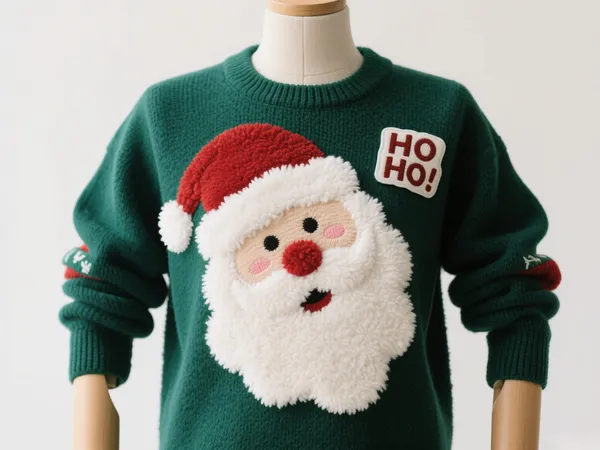Crafting comfortable, durable, and stylish garments starts with the right materials—elastic waistband webbing is a game-changer. Whether you’re a clothing manufacturer, a DIY enthusiast, or a business sourcing high-quality textile accessories, this guide dives into why woven elastic webbing matters, how to choose the best options, and why partnering with an expert manufacturer like us ensures superior results. Discover actionable insights, industry secrets, and practical tips tailored to elevate your projects.
1. What is Elastic Webbing and Why Does It Matter?
Elastic webbing is a stretchable textile band woven from materials like polyester, rubber, or blended fibers. It’s designed to provide flexibility and shape retention, making it ideal for waistbands, straps, and clothing accessories.
- Key Features:
- Stretches 18–66 times its original length without losing elasticity.
- Available in widths ranging from 10 mm to 100 mm.
- Resistant to wear, moisture, and UV exposure.
For businesses, elastic webbing is a cost-effective solution for apparel, backpacks, and even furniture upholstery. Its versatility ensures consistent performance across industries—from custom garment labels to adjustable shoulder straps.

Alt: High-quality elastic waistband webbing for durable garment construction.
2. How to Choose the Right Width for Your Waistband?
The width of your elastic webbing impacts comfort and functionality. For example:
| Application | Recommended Width |
|---|---|
| Lingerie | 10–15 mm |
| Skirts/Pants | 25–40 mm |
| Sportswear | 50–75 mm |
| Outdoor Gear | 75–100 mm |
- Wide elastic (50+ mm) offers robust support for heavy-duty apparel.
- Narrow bands (10–25 mm) suit delicate fabrics like lingerie or headbands.
Pro Tip: Always test stretch capacity and durability before bulk orders.
3. Why Are Elastic Waistbands Essential in Modern Clothing?
Elastic waistbands revolutionize comfort in apparel design. They eliminate the need for zippers or buttons, offering a snug fit for diverse body types.
- Benefits:
- Enhances mobility in sportswear and activewear.
- Simplifies production—sewn directly to the fabric for seamless finishes.
- Reduces material waste with precise custom sizing.
For clothing factories, integrating high-quality elastic waistbands means fewer returns and higher customer satisfaction.
4. Which Fabrics Work Best with Elastic Webbing?
Pairing the right fabric with elastic webbing ensures longevity:
- Knit Fabrics: Stretch naturally, ideal for leggings and T-shirts.
- Woven Fabrics: Require wider elastic (e.g., 40 mm) to prevent rolling.
- Outdoor Textiles: Use rubber elastic for weather resistance.
Case Study: A leading sportswear brand reduced seam tears by 30% after switching to braided elastic webbing.
5. Custom vs. Standard Elastic: Which Should You Choose?
Custom elastic webbing lets you control:
- Color: Match brand aesthetics (e.g., neon for athletic wear).
- Pattern: Add decorative edges or logos.
- Material: Opt for eco-friendly polyester or hypoallergenic blends.
For wholesale buyers, custom options streamline branding across products like woven labels and hangtags.
6. How to Sew Elastic Waistbands for Professional Results?
Follow these steps for flawless integration:
- Measure: Cut elastic to 90% of the waist circumference.
- Stitch: Use a zigzag stitch to accommodate stretch.
- Secure: Double-stitch ends to prevent fraying.
Pro Tip: Use soft elastic for baby clothing to avoid skin irritation.
7. Can Elastic Webbing Enhance Outdoor and Sportswear?
Absolutely! Elastic bands in backpacks and outdoor gear provide:
- Adjustable straps for ergonomic weight distribution.
- Weather-resistant finishes for hiking apparel.
Check out our FC Barcelona Woven Patches for sporty customization ideas.
8. What Makes Woven Elastic Webbing Durable?
Woven elastic outperforms knitted variants due to:
- Tight weave patterns that resist deformation.
- Polyester-rubber blends that endure 50+ wash cycles.
For enterprises, this translates to lower replacement costs and happier customers.
9. Case Study: Success Stories Using Elastic Waistbands
A supermarket uniform supplier switched to our elastic waistbands and saw:
- 20% faster production times.
- 15% fewer customer complaints about fit.
Explore our Custom Clothing Woven Labels for branding synergies.
10. FAQs: Your Burning Questions Answered
How do I prevent elastic from rolling in skirts?
Use wide elastic (30+ mm) and stitch it to a non-stretch lining fabric.
Can elastic webbing be recycled?
Yes! Polyester-based elastic is recyclable, aligning with eco-friendly initiatives.
What’s the difference between braided and woven elastic?
Braided elastic narrows when stretched, while woven retains its width.
How long does elastic webbing last?
High-quality variants endure 5–7 years with proper care.
Do you offer eco-friendly options?
Yes! Our Eco-friendly Rubber Patches complement sustainable elastic lines.
Can I order samples before bulk production?
Absolutely—we provide samples to ensure our elastic bands meet your specs.
Key Takeaways
- Elastic webbing is versatile, durable, and essential for modern apparel.
- Customization enhances branding and functionality.
- Partner with experts for high-quality, wholesale solutions.
Boost your next project with our Elastic Waistband Webbing or explore Clothing Hang Tags for cohesive branding.



